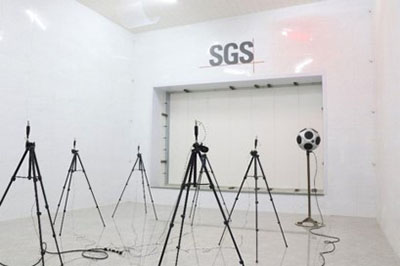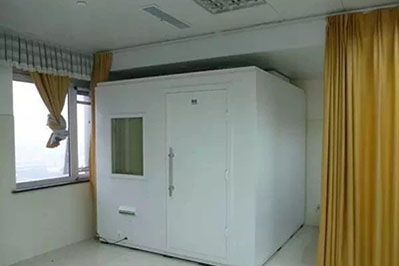Acoustic laboratories can be divided into three categories: reverberation rooms, sound insulation rooms, and anechoic rooms

Reverberation Room
The acoustic effect of the reverberation room is to form a diffuse sound field in the room. Simply put, the sound in the room is transmitted to generate echoes. In order to effectively create a reverberation effect, in addition to soundproofing the entire room, it is also necessary to make the sound fluctuate on the wall of the room, such as reflection, diffusion, and diffraction, so that people can feel reverberation, usually through installation A range of glossy soundproofing materials and diffusers to achieve this.

Sound Isolation Room
The sound insulation room can be used to determine the sound insulation characteristics of building materials or structures such as floors, wall panels, doors and windows.In terms of the structure of the sound insulation room, it usually consists of vibration isolation pads (springs), sound insulation panels, sound insulation doors, sound insulation windows, ventilation mufflers, etc. Depending on the amount of sound insulation, a single-layer sound-proof room and a double-layer sound-proof room will be used.
Post time: Jun-28-2023

